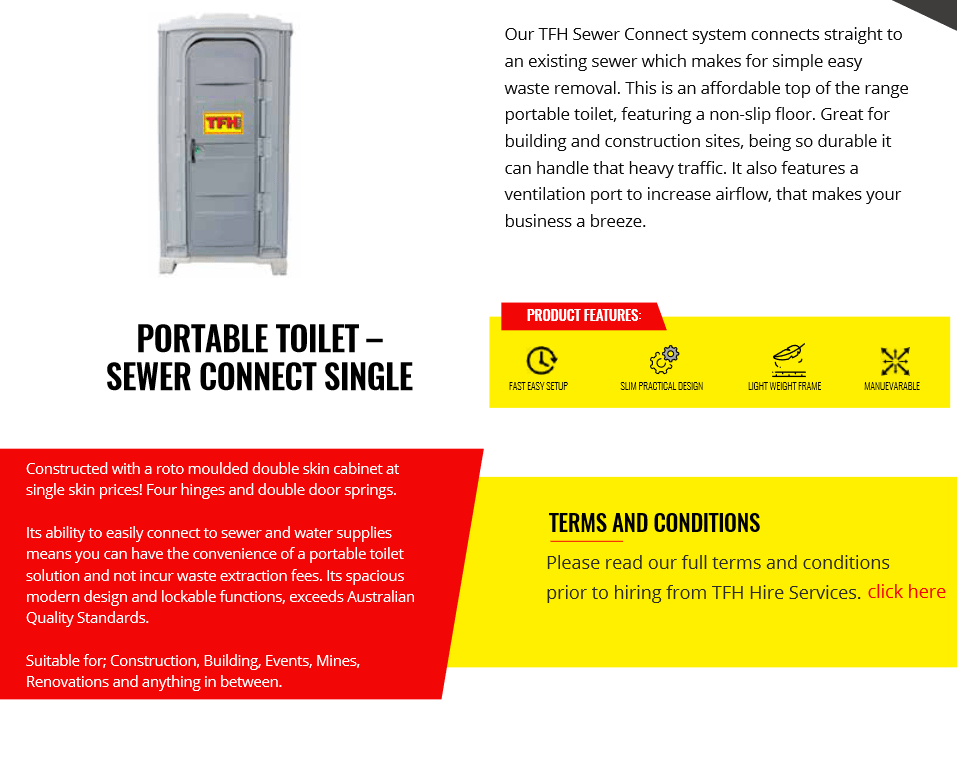The Facts About Reclaim Waste Uncovered
Table of ContentsFascination About Reclaim WasteNot known Details About Reclaim Waste 5 Easy Facts About Reclaim Waste ShownReclaim Waste Things To Know Before You BuyReclaim Waste Things To Know Before You Buy
Domestic sewer waste refers to the waste and products from a domestic septic storage tank. The proper monitoring and disposal of residential sewer waste need liquid waste to be transferred to a sewage treatment plant where the proper techniques and equipment are used to cleanse and dispose of waste.
Industrial waste typically consists of prospective risks, such as flammable materials or a mixture of fluid and strong waste items, and needs an advanced and detailed disposal procedure. The disposal of business waste generally entails the filtering of waste prior to transport to guarantee secure and proper disposal. Industrial waste is developed from byproducts and runoff of industrial processes and production.
This kind of waste can not make use of the exact same sewer administration transportation or processes as septic or commercial liquids. The hazardous waste management procedure calls for the evaluation and testing of liquid waste before it undergoes the disposal process (industrial wastewater treatment). Runoff waste is the liquid waste that comes from drainage and excess stormwater in very populated areas or cities
Overflow waste can cause contamination and flooding if not handled properly. Ensuring correct waste administration can stop disasters and reduce ecological harm.
Reclaim Waste Fundamentals Explained
Get in touch with PROS Solutions today to learn more about our waste administration and disposal services and the appropriate ways to take care of the liquid waste you generate.
(https://reclaimwaste1.edublogs.org/2024/11/12/efficient-liquid-waste-removal-and-disposal-your-complete-guide-to-sustainable-waste-management/)Do you understand what happens to your water when you end, flush the toilet or drain the washing equipment? No? Well, it's worth recognizing. This supposed 'wastewater' is not only an essential resource yet, after treatment, will certainly be released to our land, rivers or the ocean. Used water from bathrooms, showers, baths, cooking area sinks, laundries and commercial processes is referred to as wastewater.

water made use of to cool equipment or clean plant and devices). Stormwater, a kind of wastewater, is overflow that moves from agricultural and city areas such as roof coverings, parks, gardens, roadways, courses and gutters right into stormwater drains pipes, after rain. Stormwater streams neglected straight to local creeks or rivers, ultimately getting to the ocean.
What Does Reclaim Waste Do?
In Queensland, the majority of wastewater is treated at sewage treatment plants. Wastewater is delivered from visit this site right here domestic or industrial sites through a system of drains and pump terminals, referred to as sewerage reticulation, to a sewage treatment plant. Local federal governments construct, keep and operate most sewage treatment plants. Operators are licensed under the Environmental Management Act 1994 to discharge treated wastewater at an acceptable environmental standard into rivers.
The Department of Natural Resources encourages city governments about managing, operating and keeping sewage systems and treatment plants. In unsewered areas, neighborhood governments might call for homeowners to set up private or home sewage therapy systems to deal with domestic wastewater from commodes, cooking areas, bathrooms and washings. The Department of Natural Resources authorizes making use of home systems when they are shown to be effective.
In some new subdivisions, therapy of some stormwater to get rid of litter, sand and crushed rock has started using gross toxin traps. Wastewater therapy occurs in 4 phases: Gets rid of solid matter.
Utilizes small living microorganisms knows as micro-organisms to break down and eliminate continuing to be dissolved wastes and fine particles. Micro-organisms and wastes are included in the sludge.
Fascination About Reclaim Waste
Nutrient elimination is not readily available at all sewer therapy plants because it needs costly specialised tools. Clear fluid effluent generated after therapy may still consist of disease-causing micro-organisms - liquid waste disposal.

Many wastewater moves right into the sewage system. Under the Act, regional federal governments provide authorizations and permits for environmentally pertinent tasks (Ages) involving wastewater launches that might have a local impact.
The Of Reclaim Waste
Or else, samples are considered laboratory analysis. Usually numerous examinations are required to establish the levels of each of the different contaminants such as oils, hefty steels and chemicals in water. Monitoring supplies factual details about water quality and can verify that licence problems are being fulfilled. The details acquired through monitoring offers the basis for making water high quality choices.